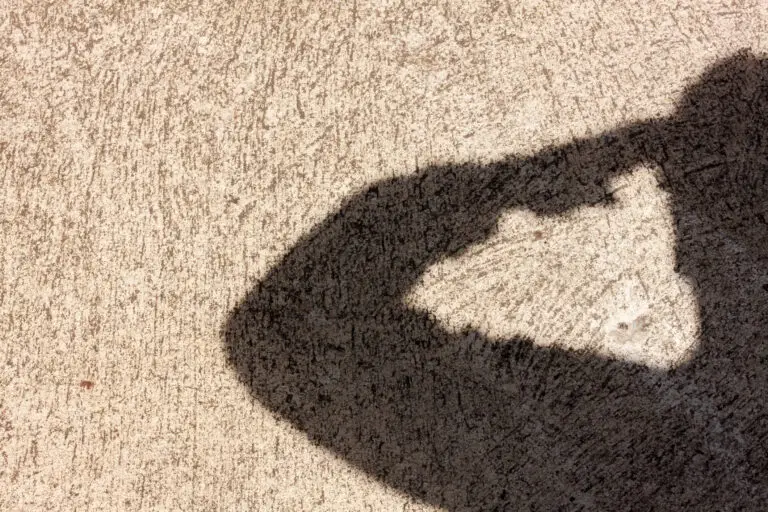
Police work is serious business, and a strong chain of command keeps police officers in line.
~ Barry M. Baker Tweet

Detective Lieutenant Barry M. Baker (ret.) is a 32 year veteran of the Baltimore Police Department.
Police chain of command coordinates and controls the most important resource of any police department; its police officers. The police officer is a department’s largest human resource, and your responsibilities are vast and varied. Police departments have always been modeled on the military structure, because that system of organization is the most efficient, and responsible, when herding a bunch of people armed with guns.
The single most important element of a successful military style structure is its chain of command. Police departments… used to be… just as committed to their adherence to the chain of command philosophy as any efficient military organization. When I became a police officer, the chain of command was sacrosanct. Aside from saluting and exchanging greetings with higher ranking officers, my sergeant was the only supervisor with whom I had direct conversational contact.
A Perception of Perfection
It took years before I realized the real value of police chain of command. A retired police chief once commented, ‘When something goes through fifteen people, before it gets to me, and then, I find something wrong with it, everybody thinks I’m a genius.” The translation is this: Nobody is perfect, but people in command positions, and the organization, will always benefit from a perception of their perfection. That perception, rightly or wrongly, will keep any system running efficiently.
The police chain of command had another benefit. It was static and resistant to change, or I should say it was resistant to frequent and arbitrary change. However, resistant doesn’t mean immune. To be blunt, your exposure to police chain of command may be limited to your academy training. Once you’re assigned to patrol, you could find yourself a bit confused as you try to follow direction from any number of supervisors. If you’re lucky, you’ll have a sergeant who knows he or she is a sergeant.
Police Chain of Command Provides Inherent Stability
The sergeant is, literally, the lynch pin of any police department. The sergeant is the most influential supervisor, because the sergeant is the doorway between you and management. You’ll know when you have a strong and competent sergeant when you’re not subjected to conflicted direction. Just to be on the safe side, you’re going to have to strive for self-sufficiency. You’re going to have to learn as much as you can in the shortest amount of time. A police chief once stopped by a police district to give a squad a pep talk.
This squad was formed specifically for the service of arrest warrants. During the banter, the Chief remarked, “If you see a light on, kick the door in.” The expression on the Sergeant’s face evoked a question from the Chief in a sarcastic tone, “Do you have something to say, Sergeant?” The Sergeant replied, “No, sir.” Following the Chief’s departure, the Sergeant explained to his squad that the mere presence of a light in a dwelling is not sufficient probable cause to kick in the door.
Organizational Structures
It gets better. Another Police Chief inherited a police department with a military style pyramid organizational structure. In the pyramid structure, there’s always someone to set, or communicate, clear direction to those lower in the structure. This Chief’s organizational “Paradigm” rested on the idea of cooperation. He promptly knocked over the pyramid and replaced it with a flat organizational structure. High ranking commanders, of equal rank, would sit down together and resolve issues affecting their individual missions such as assignment of human and materiel resources. In the end, they would, theoretically, amicably agree on which commander(s) would get screwed. Need I say more?
To me, the most important aspect to police chain of command is its inherent stability. Police work is serious business, and a strong police chain of command keeps police officers in line. Long ago, governments realized the need to form professional law enforcement entities to replace vigilante justice. In any modern police department where a significant number of police officers employ vigilante style tactics, you’ll find that department’s police chain of command either supplanted or simply non-existent.
Related Content for Police Chain of Command
Advertisements

